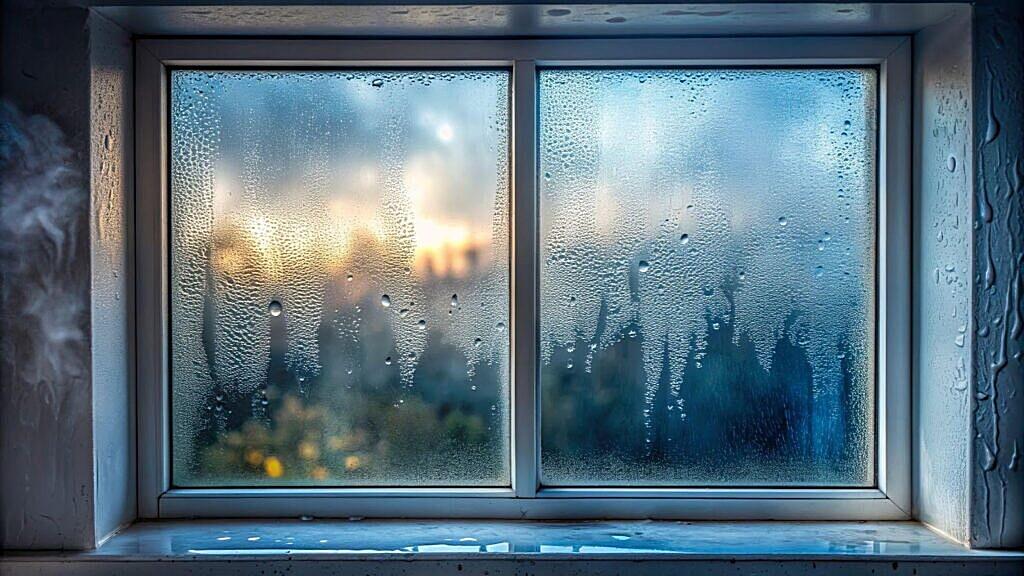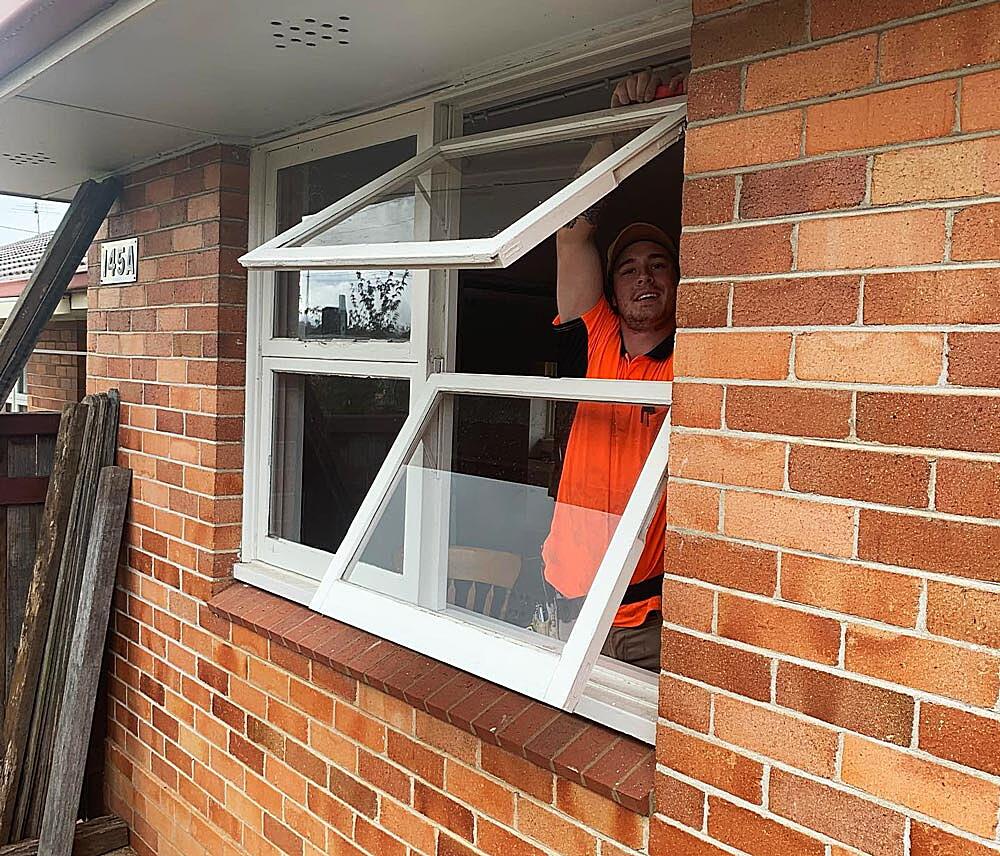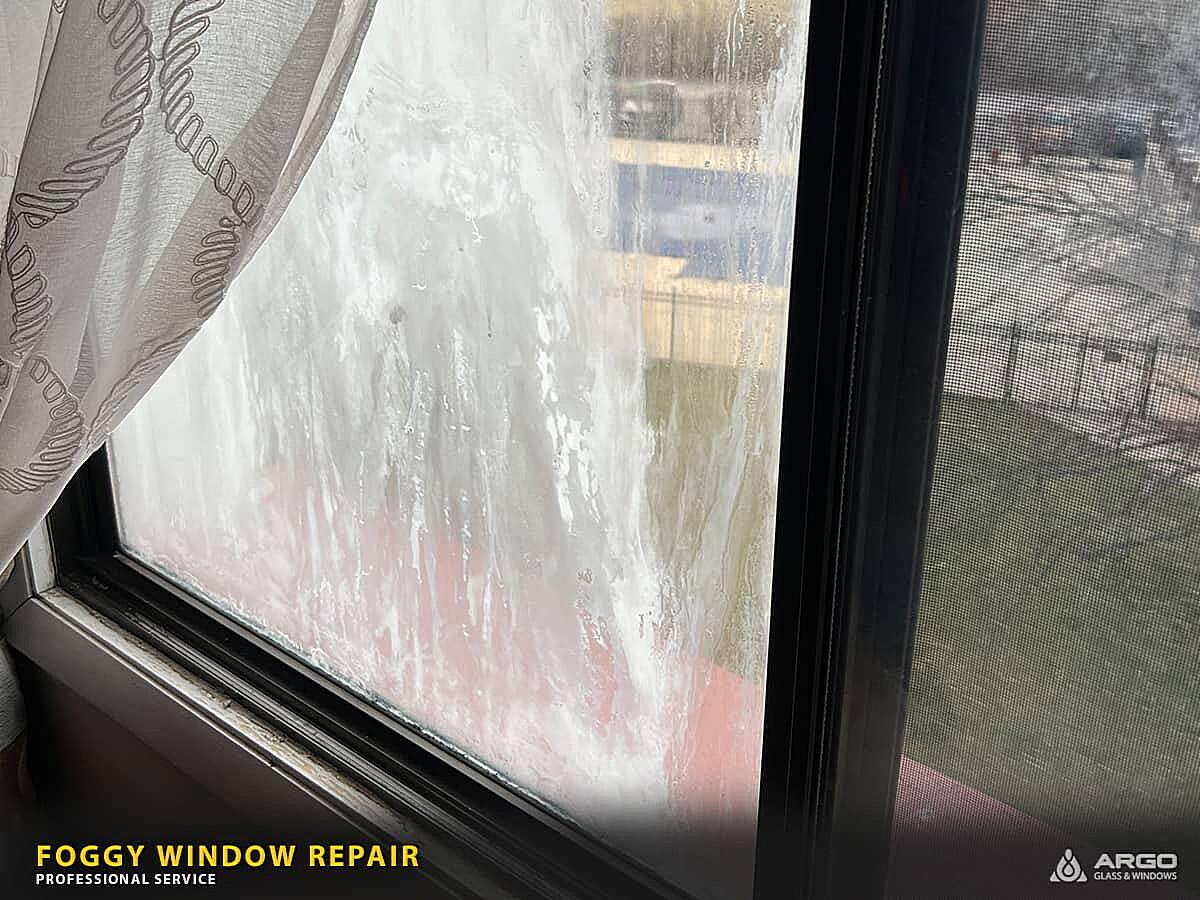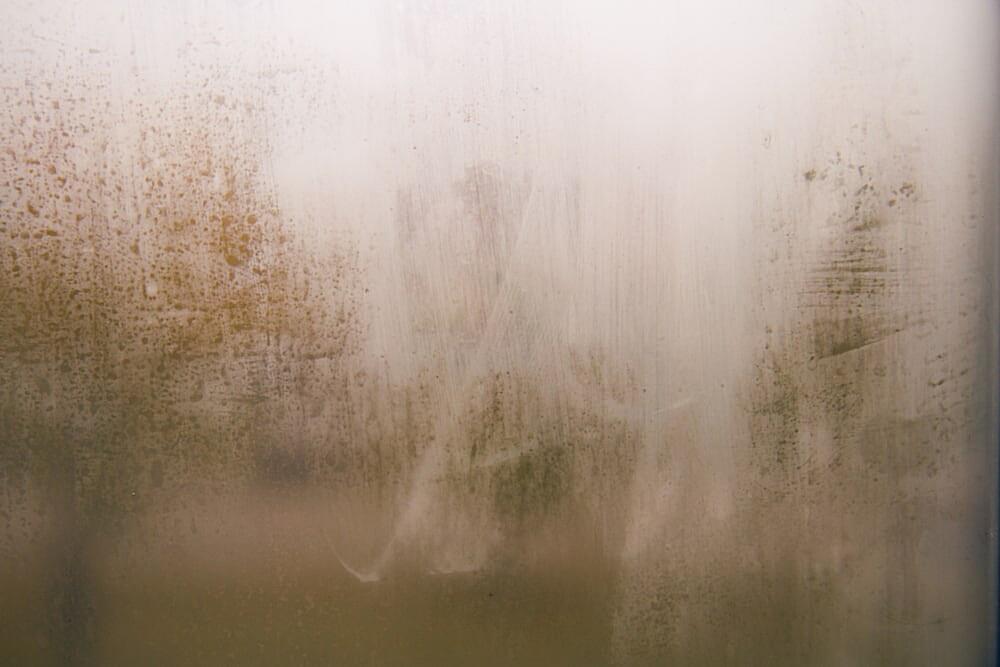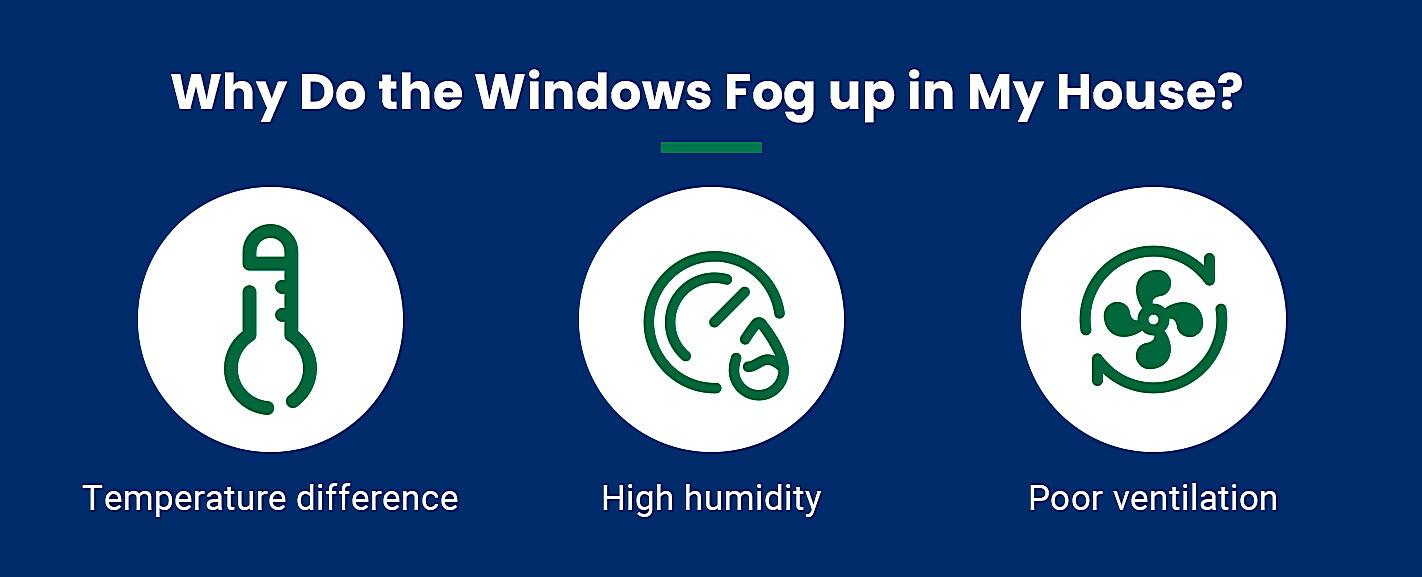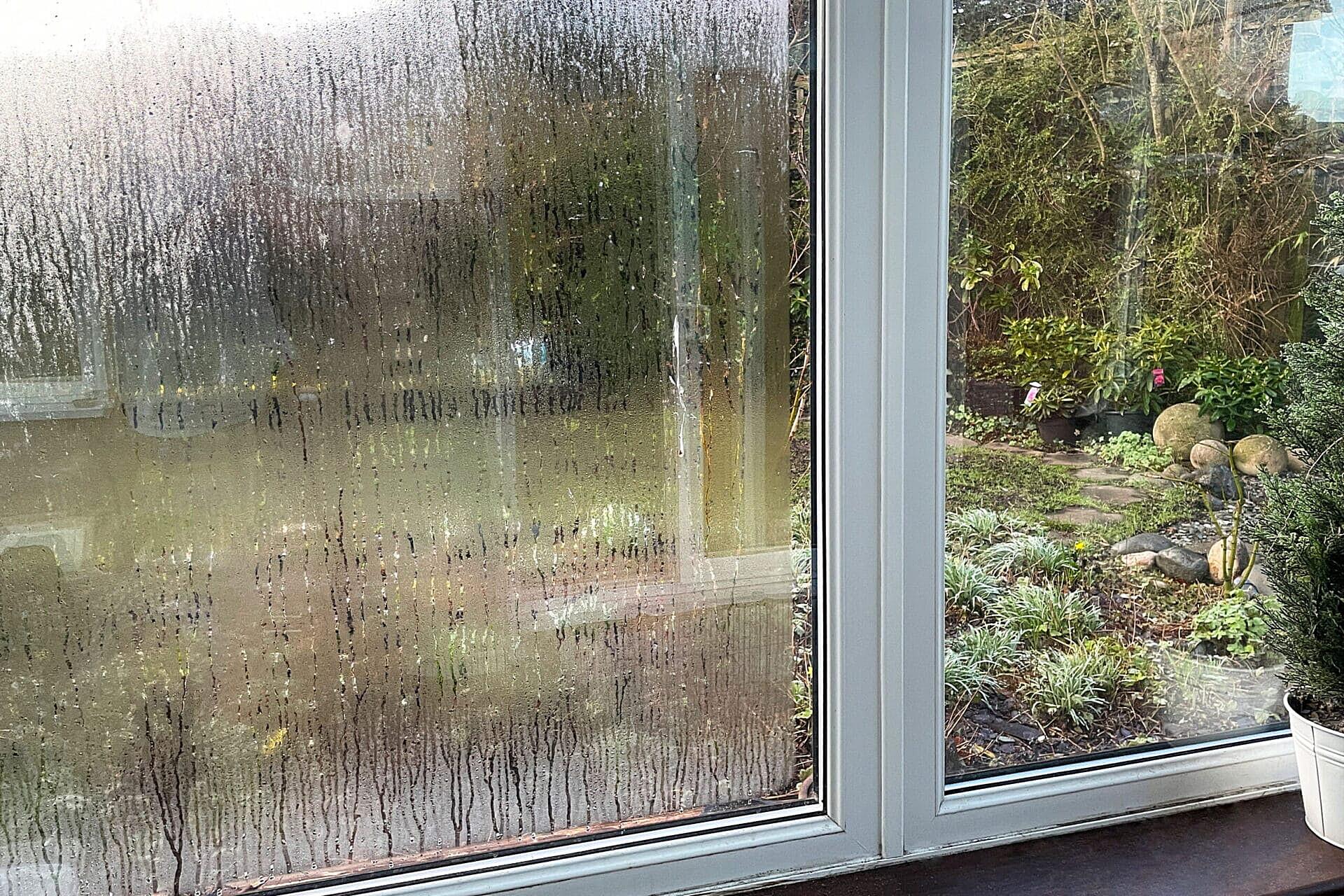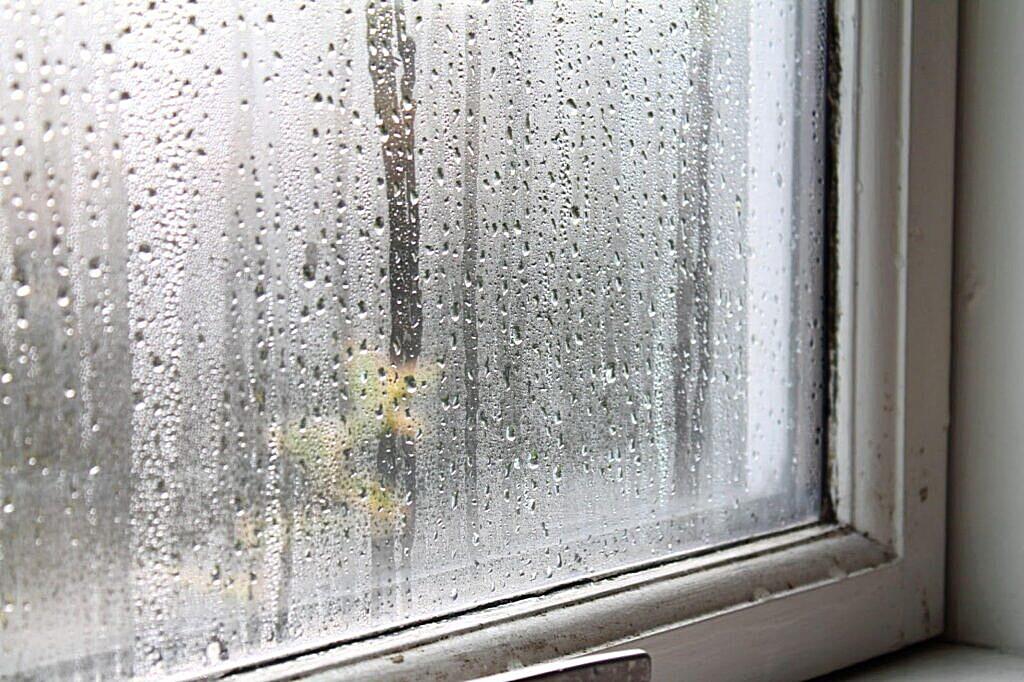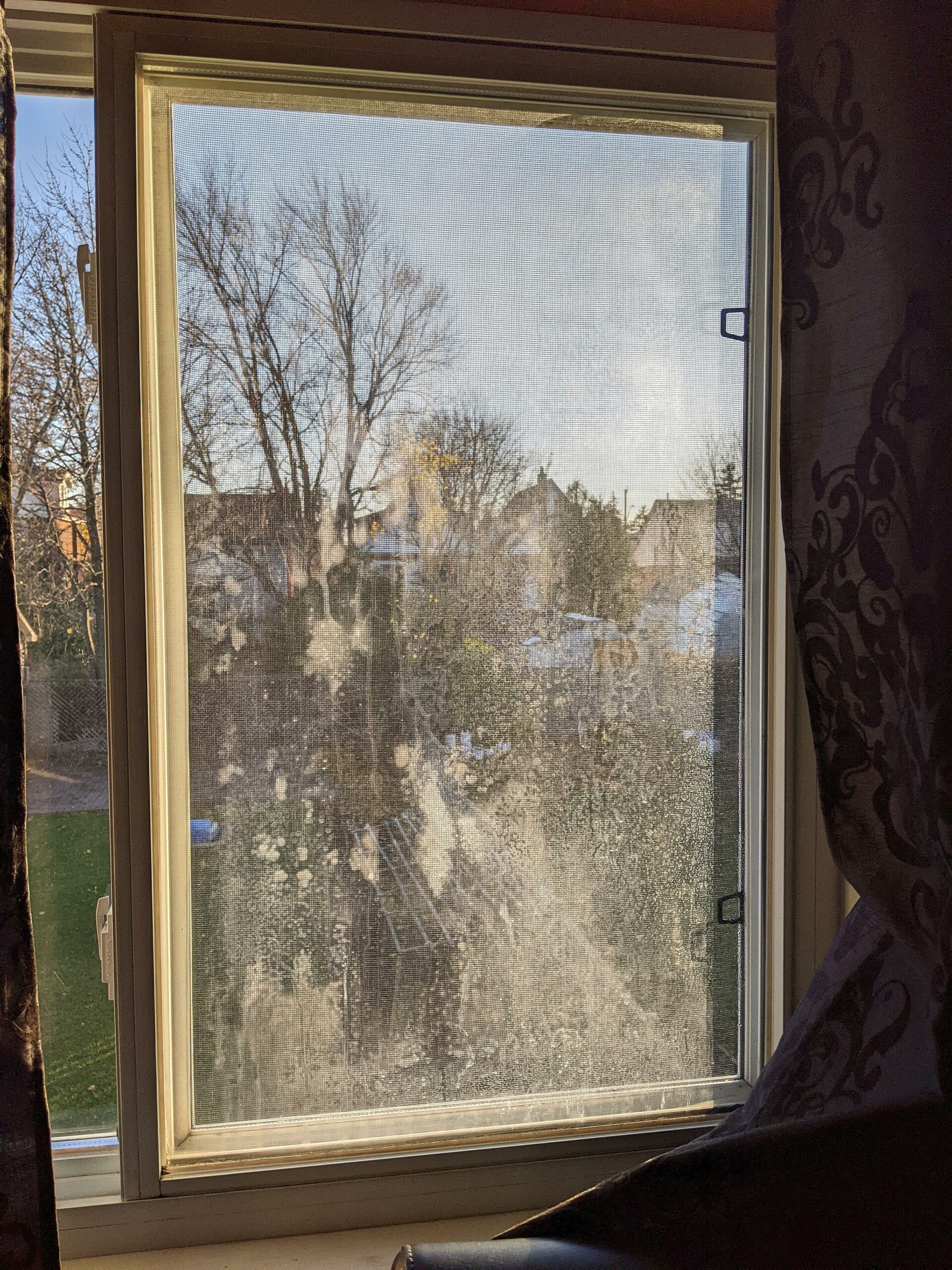Why Are My Andersen Windows Foggy? A Clear Explanation (and Some Possible Solutions!)
1. Understanding the Fog
Okay, lets talk about that annoying fog between the panes of your Andersen windows. Youre not alone! Its a pretty common problem, and while it can be frustrating, understanding why it happens is the first step to figuring out what to do about it. It’s like trying to solve a mystery, except instead of a missing person, you have a missing view!
The main culprit is usually a broken seal. Modern windows, especially double-pane or triple-pane ones, are filled with a gas (often argon or krypton) between the glass layers. This gas acts as an insulator, helping to keep your home warmer in the winter and cooler in the summer. The edges of the window panes are sealed to keep this gas in and moisture out. But over time, those seals can fail due to age, weather, or even just the house settling. When the seal breaks, the insulating gas escapes, and moisture from the air can get inside.
That moisture then condenses on the inside surfaces of the glass, creating that foggy appearance. Its essentially the same principle as when your bathroom mirror fogs up after a hot shower, but inside your window! The fog isn’t just unsightly; it also means your windows aren’t as energy-efficient as they used to be. That escaped gas? It was doing a job, and now it’s on vacation. Think of it like your window is wearing glasses that are constantly steaming up.
So, you might be thinking, “Great, I have foggy windows. Now what?” Don’t panic! There are a few options, which well get into shortly. But first, let’s consider some other reasons, besides just a broken seal, that could be contributing to the problem. Sometimes, it’s not as simple as just blaming the seal.
2. Other Potential Culprits
While a broken seal is the most likely reason, sometimes the fog isn’t actually between the panes. It could be condensation on the outside of the window during certain weather conditions. This usually happens in the early morning when the window surface is colder than the outside air. It usually clears up as the day warms up. This type of fog is actually a sign of very efficient windows, as the outside pane is well-insulated!
Another possibility, although less common, is condensation on the inside of your windows. This is usually a sign of high humidity inside your house. Are you a plant parent with a veritable jungle indoors? Or maybe you’re air-drying clothes frequently? These things can increase the humidity levels in your home and lead to condensation on your windows, especially in colder weather. Check for leaks in your roof, or excessive water in your crawl spaces.
You can usually tell the difference by wiping the window. If the fog is on the inside or outside, it will wipe away easily. If it’s between the panes, you won’t be able to reach it, and it will stay foggy no matter how much you wipe. This is the telltale sign of a broken seal, and is a problem that goes beyond simple condensation.
Lastly, consider the age of your windows. Older windows are simply more prone to seal failure. The materials degrade over time, and the constant expansion and contraction due to temperature changes can take their toll. It’s like anything else; the older it gets, the more likely it is to experience some wear and tear. So, if your Andersen windows are older than, say, 15-20 years, seal failure is a very real possibility. However, even newer windows can have faulty seals, its just less common.
